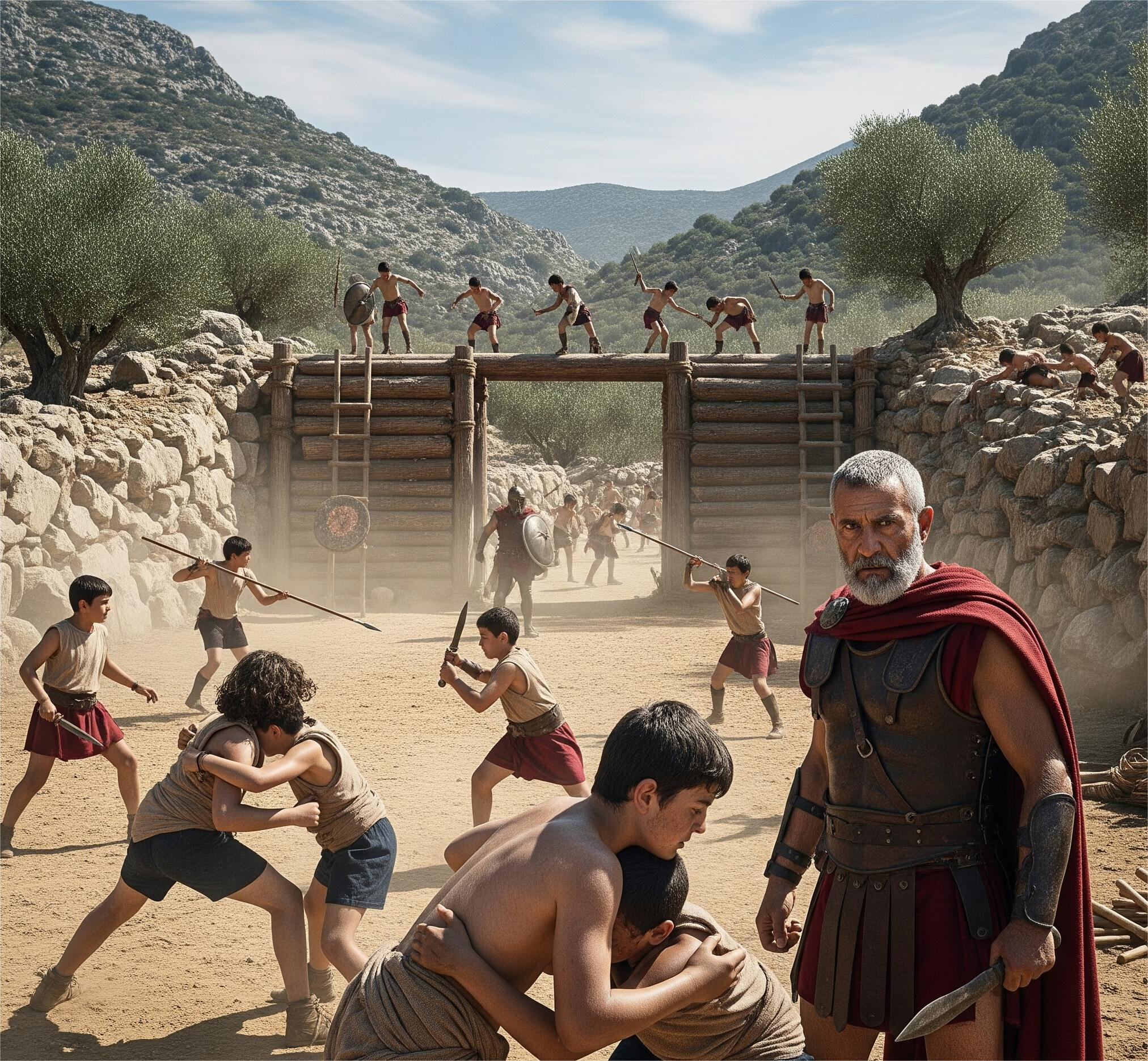Among the Algonquian-speaking peoples of North America, the legend of the Wendigo stands as a chilling embodiment of greed, hunger, and spiritual corruption. The Wendigo is described as a gaunt, skeletal figure, often with antlers or distorted features, that roams forests in winter, feeding on human flesh. It is both a monster and a metaphor, symbolizing the dangers of isolation, starvation, and unchecked desire.
In traditional stories, a person becomes a Wendigo through acts of cannibalism or extreme selfishness. The transformation is not only physical but spiritual, as the individual loses their humanity and becomes consumed by an insatiable hunger. The myth served as a cautionary tale during the harsh winters of the northern woods, reinforcing communal bonds and the taboo against cannibalism.
Over time, the Wendigo has become a cultural icon beyond Indigenous contexts, appearing in horror films, literature, and video games. However, the original legends carry deep meaning about survival, morality, and the human condition—an echo of the spiritual world that guided the ancestors of the northern tribes.







